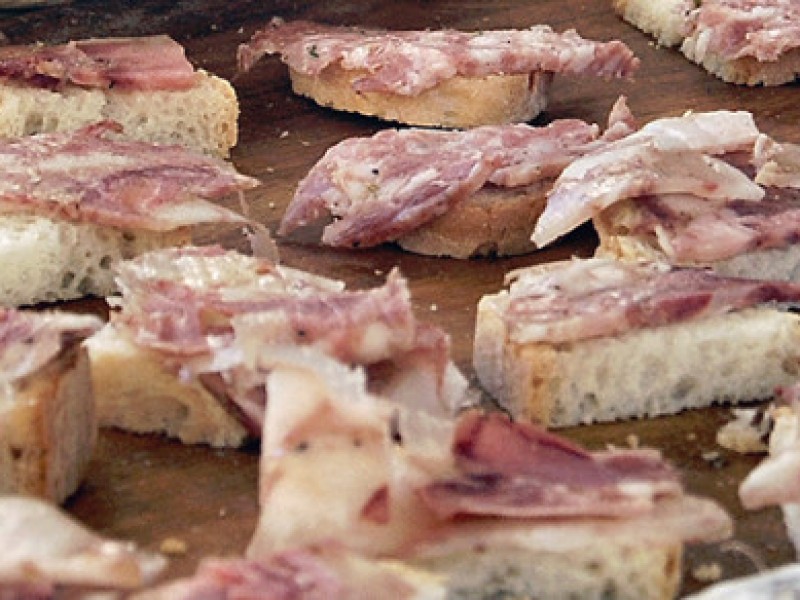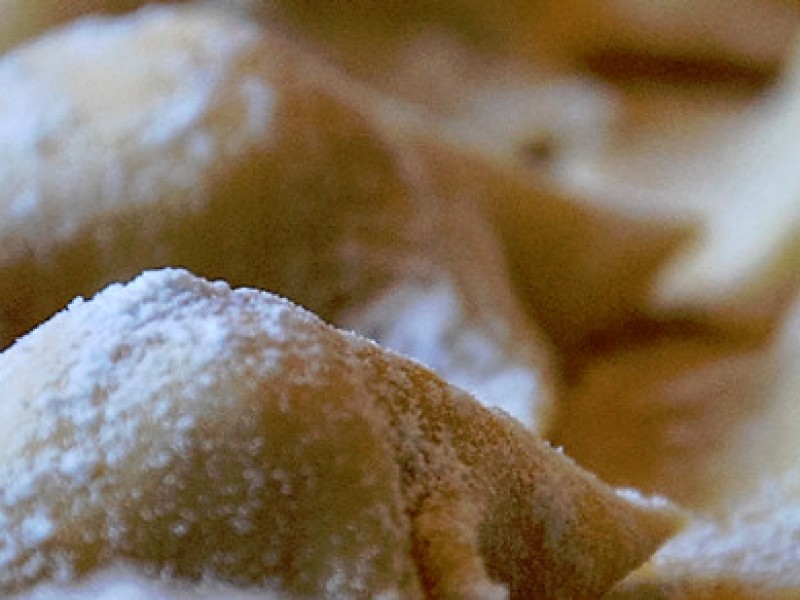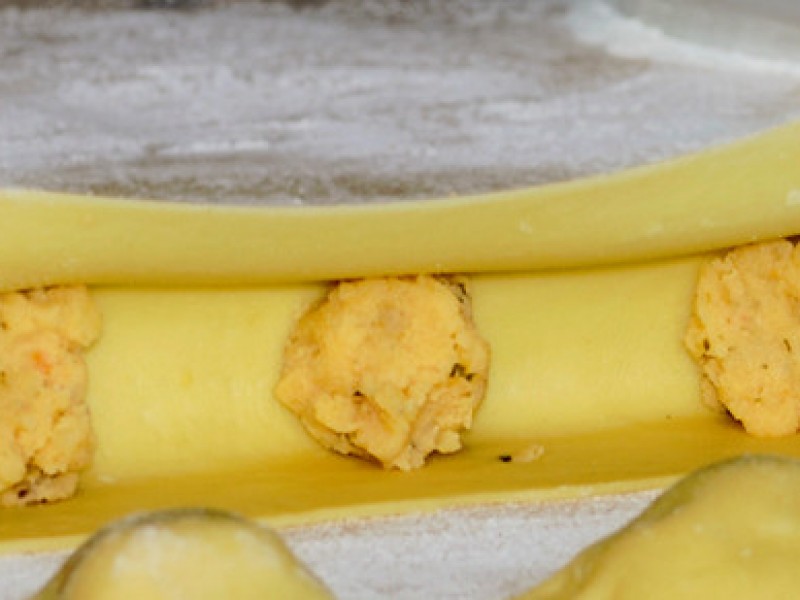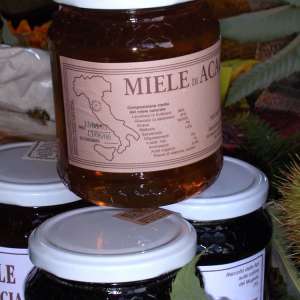Honey, by nature, reflects the distinctiveness of the area in which it is produced and distils the essences that distinguish it from other areas. It is, therefore, a unique and inimitable food. The different surroundings make every honey a peculiar blend of nectar-bearing essences. Mugello mostly produces three types of honey.
Characteristics of Mugello honey
Acacia honey: this honey is liquid, pale yellow, almost transparent; has a very delicate sweet taste, and a very fine and lasting smell. The aroma is somewhat similar to that of flowers and vanilla.
Chestnut honey: the presence of numerous chestnut woods (among which we find the renowned Marrone chestnut) facilitates the production of this honey, which is produced on medium high mountains; it is rather runny, and bright amber. It is not exceptionally sweet and has a somewhat bitter aftertaste and a strong aroma that reminds us of the smell of chestnut woods. It stays runny for a long period of time, and is pale golden amber with a strong herbal aroma. Like all dark honeys, it is particularly rich in mineral salts. It is a bland disinfectant for the urinary tract, helps stimulate the flow of blood, and is beneficial to the health of the kidney and liver.
Flower essences: since this honey comes from many flower species, it offers different qualities from these different nectars. It is fluid but grainy, bitter-sweet with a sour aftertaste, and varies in colour from pale-green to blue-brown. It is produced from May to September.
The history
Chestnut honey: historically speaking, the production of honey goes back a long way in areas where there is a high density of chestnut woods - as numerous accounts, texts and documents testify - and it has been an integral part of the principal productions of local farms in Tuscany for many years. Once upon a time, every family had beehives, but the honey, rich in nutrients and beneficial substances, was more or less only a secondary product. More recently, it has become a key product for farms that are specialised in tending beehives and producing honey. Though, in substance, the production method is the traditional one, honey making has progressed to meet quality standards. The most important changes regard the use of removable honeycombs, a centrifuge instead of a press, and the use of filters.
How and where it is produced
Producers follow up every aspect of production, from the actual bees to the extraction and packaging of the product. The bee colonies are reared in wooden beehives and move in a three kilometre radius around the beehives. They are usually self sufficient, but in cold and damp spring seasons their food is integrated with honey or a water and sugar solution. To prevent the onset of diseases specific products are used at the end of the productive period and in winter. The honeycombs are taken out of the beehives and taken to a lab where the wax capping is scraped off, they are then placed in an extractor. Revolving baskets spin around until the honey is released. The honey is then strained, deposited in stainless steel containers and left to decant 15 days during which time all the impurities and air bubbles come to the surface and can be skimmed off. In some cases the straining process must be repeated. The honey is then put into glass vases by hand or with the help of specially made machines.
Phone: +39 055 844031
Website: www.facebook.com/LaCasaDelProsciutto/
Email: lacasadelprosciutto@gmail.com
Phone: 3334243603
Website: www.podereriosecondo.com/
Email: podererio.mugello@gmail.com
Phone: + 39 055 8046053
Website: www.faggiola.org
Email: info@faggiola.it
Phone: +39 055 848020
Website: www.cantinezanieri.com
Email: info@cantinezanieri.com
Phone: + 39 055 8403454
Website: www.mielevalentini.it
Email: miele.valentini@tiscalinet.it
Phone: + 39 055 8402103
Website: www.palagiaccio.com
Email: commercialepalagiaccio@gmail.com
Phone: +39 055 844031
Website: www.facebook.com/LaCasaDelProsciutto/
Email: lacasadelprosciutto@gmail.com
Phone: + 39 055 8490367
Website: www.centrocarnimugello.it
Email: info@centrocarnimugello.it
The Shop is open from Monday to Saturday 8.30am-1pm and 3.30pm-7.30pm, on Sunday 8.30am-12.30am
Phone: +39 055 8408752
Mobile: + 39 335 8239017
Website: www.poggioalleville.it
Email: info@poggioalleville.it
















































